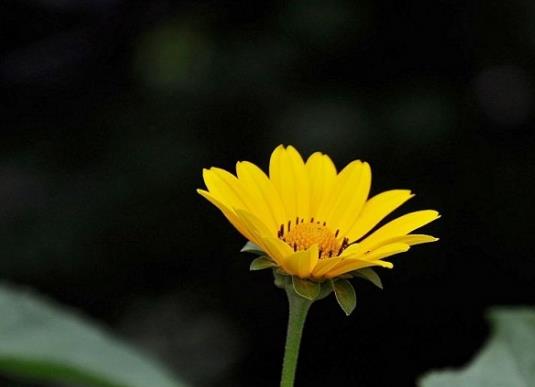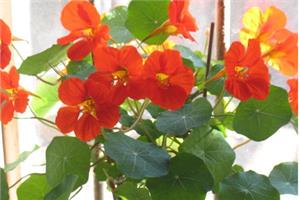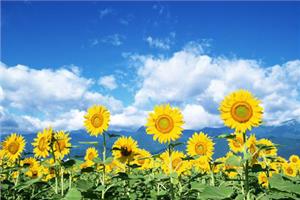Culture methods of Rabdosia angustifolia knowledge expansion of Rabdosia angustifolia
Clam grass for the leaves tufted, linear lanceolate, with silver-white edge, underground stems for white rosary shape, strange and lovely, often for small potted ornamental, garden is also often used as flower beds or ground cover plants. Below, Xiaobian will tell you about the situations we may encounter in farming, and some precautions. Let's get to know each other.
The cultivation method (basic knowledge):
The best time of propagation: the propagation of Lambda chinensis is mainly ramets, which can be carried out in all growing seasons, but the best time is just germination after dormancy in March and September.
The best growing soil: The soil for cultivation of Limuseng grass is fertile, and the drainage needs good sandy loam or humus soil.
Growth humidity requirements: Lamproia grass like wet, growth period to keep the pot soil wet can be.
The best growth temperature: the origin of Europe, love cool and humid climate, the best growth temperature between 15~25℃.
The best growth light: Li mussel grass is also resistant to yang, can be maintained in scattered light environment, avoid direct sunlight.
Notes on breeding clams:
Fertilization: During the growth period of the clams, cake fertilizer water is applied 1-2 times a month. If too much or too little fertilizer will grow a lot of green leaves and affect the viewing effect.
Watering points: the summer temperature is getting higher, proper water control to keep the soil moist, and moved to the shade, at noon should also be sprayed to cool down, so management can maintain a better viewing effect.

Pruning essentials: the mussel grass in the spring of each year in March-April or in September after the first harvest of new leaves for pruning, each plant should take 2-3 new buds, old plants should be re-cut every year, leaves do not be too long.
Pot soil replacement: the clams are usually 2-3 years for pot replacement, when the underground stem exposed should be cultivated in time, the plant cluster exuberant and beautiful.
Propagation points: the propagation of Lysimachia sinensis is mainly ramets;
Ramets: Ramets of Lysimachia canadensis can be carried out in the whole growing season, but it is best to germinate after dormancy in March and September. When dividing plants, divide the old plants together with the underground rosary stems into large clusters, each cluster will have several underground stems or new buds, and cut the old leaves short to make them not too long. The upper basin should be mixed with garden soil and chaff ash according to the ratio of 2:1. After planting, place in a semi-shady environment, keep the soil moist, and apply cake fertilizer 1-2 times a month during the growth period.
Knowledge expansion of Nymphomorph
Growth Habits:
This flower grass originated in Europe, loves cool and humid climate, likes sun and bears shade, avoids heat, is dormant or semi-dormant in summer, cold and drought resistant, does not choose soil, it is easy to cultivate.
Garden applications:
The main ornamental leaves are white and green when planted in patches. Clam grass tufted, linear lanceolate, with silver-white edges, underground stems for white rosary shape, strange and lovely, often for small potted ornamental, garden is also often used as flower beds or ground cover plants.
If you still want to know more about it, you can continue to pay attention to No.1 Home Network.
- Prev

Cause analysis and treatment methods of yellowing of leaves of alternanthera philoxeroides
Cause analysis and treatment methods of yellowing of leaves of alternanthera philoxeroides
- Next

How to watch sunflowers? how to watch common varieties of sunflowers
How to watch sunflowers? how to watch common varieties of sunflowers
Related
- Wuhan Hospital Iron Tree Blooming Result Was Instantly Frightened by the Gardener Master
- Which variety of camellia is the most fragrant and best? Which one do you like best?
- What is the small blue coat, the breeding methods and matters needing attention of the succulent plant
- Dormancy time and maintenance management of succulent plants during dormancy
- Minas succulent how to raise, Minas succulent plant pictures
- What are the varieties of winter succulent plants
- How to raise succulent plants in twelve rolls? let's take a look at some experience of breeding twelve rolls.
- Attention should be paid to water control for succulent plants during dormant period (winter and summer)
- Watering experience of twelve rolls of succulent plants
- Techniques for fertilizing succulent plants. An article will let you know how to fertilize succulent plants.

